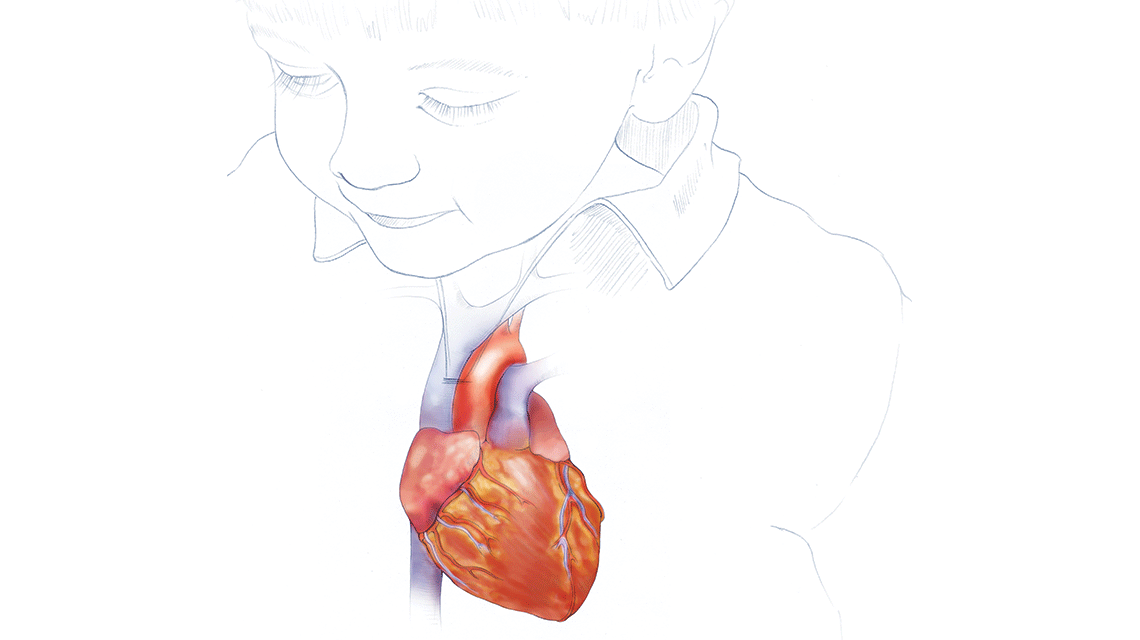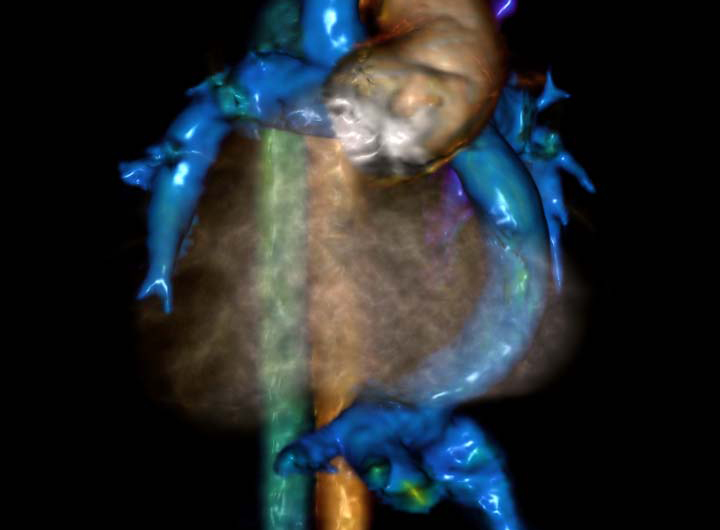Dopamine: A Rescue Therapy for Fontan Patients With Protein-Losing Enteropathy?
Dopamine: A Rescue Therapy for Fontan Patients With Protein-Losing Enteropathy? https://pediatricsnationwide.org/wp-content/themes/corpus/images/empty/thumbnail.jpg 150 150 Jeb Phillips https://pediatricsnationwide.org/wp-content/uploads/2021/03/Jeb-Phillips.jpgPatients with quickly worsening PLE saw serum albumin levels stabilize after dopamine treatment. Patients who have undergone the Fontan procedure for single ventricle congenital heart disease do not often develop protein-losing enteropathy (PLE) – but those who do are at substantial risk of mortality and morbidity. Only heart transplant has been shown to alleviate PLE…




